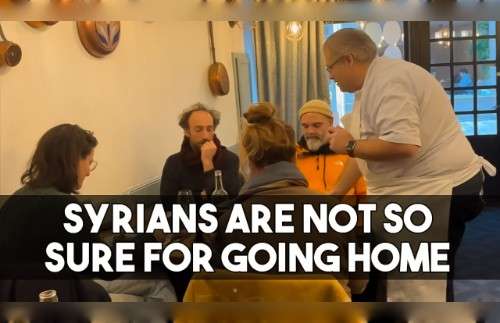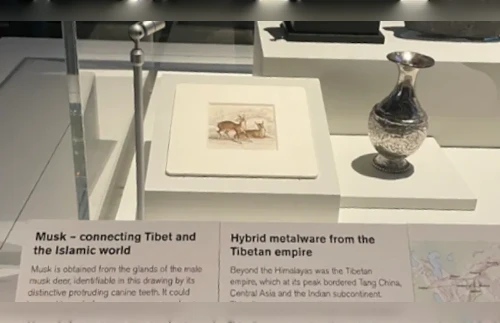Berlin’s extensive public transport network and the city’s employment agency have launched an innovative programme to put refugees into the driver’s seat. Sixteen trainees last year completed a year-long course to learn how to navigate the city in the 1,300-bus fleet. Mohamad Al Said, a Syrian refugee, is now steering a course for a new life in Berlin.
Mohamad Al Said, now 33, once studied Arabic in Syria and aspired to become a teacher. But war at home turned him into a refugee in Germany, where he fled in 2015. However, the young father of two, has turned his fortunes around thanks to the municipal programme, which puts refugees through a rigorous year-long course to retrain as bus drivers.
Mohamad told new friends helping to adapt to life in Germany that he had once had a job driving a small, nine-seater bus for a primary school in Syria. They suggested he contact Berlin’s transport network, which was looking for drivers. Several months later, he got a call offering him a place on the special training program for refugees.
In the summer of 2018, Mohamad was one of sixteen newcomers to complete the year-long traineeship run by Berlin’s transport network (BVG) and the city’s employment agency. Unlike Mohamad, most of his fellow trainees had never driven buses of any kind before. The group started with a four-month language course, followed by in-depth security and technical training. Then Mohamad worked on memorizing bus routes in his patch in eastern Berlin.
Mohamad says the best part of his job is serving people, and he appreciates the diversity of nationalities all living in Germany’s capital city. Outside of work, he never drives – but his preferred mode of transportation is actually a bicycle~UNHCR










